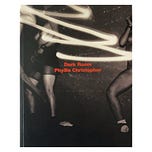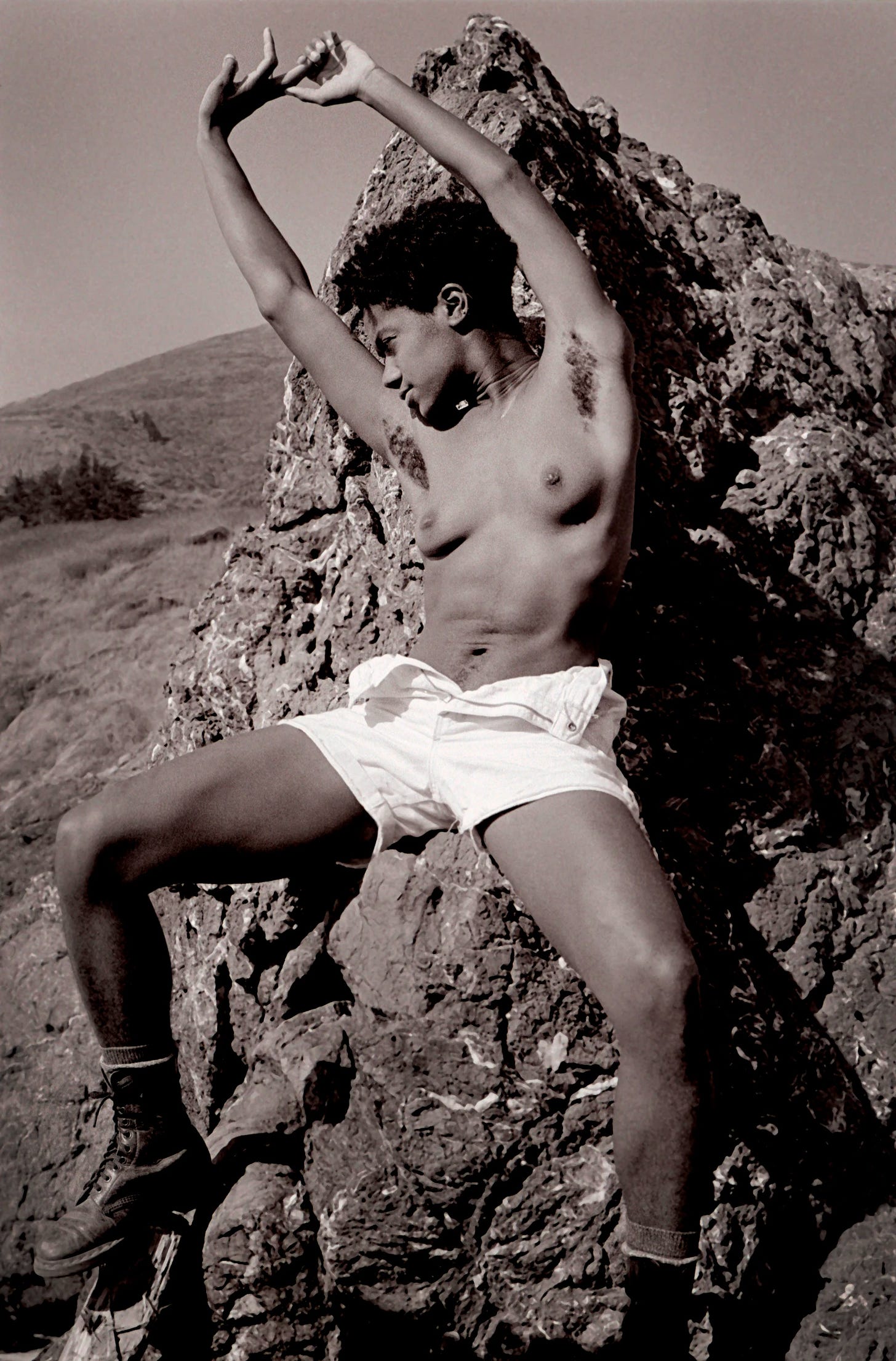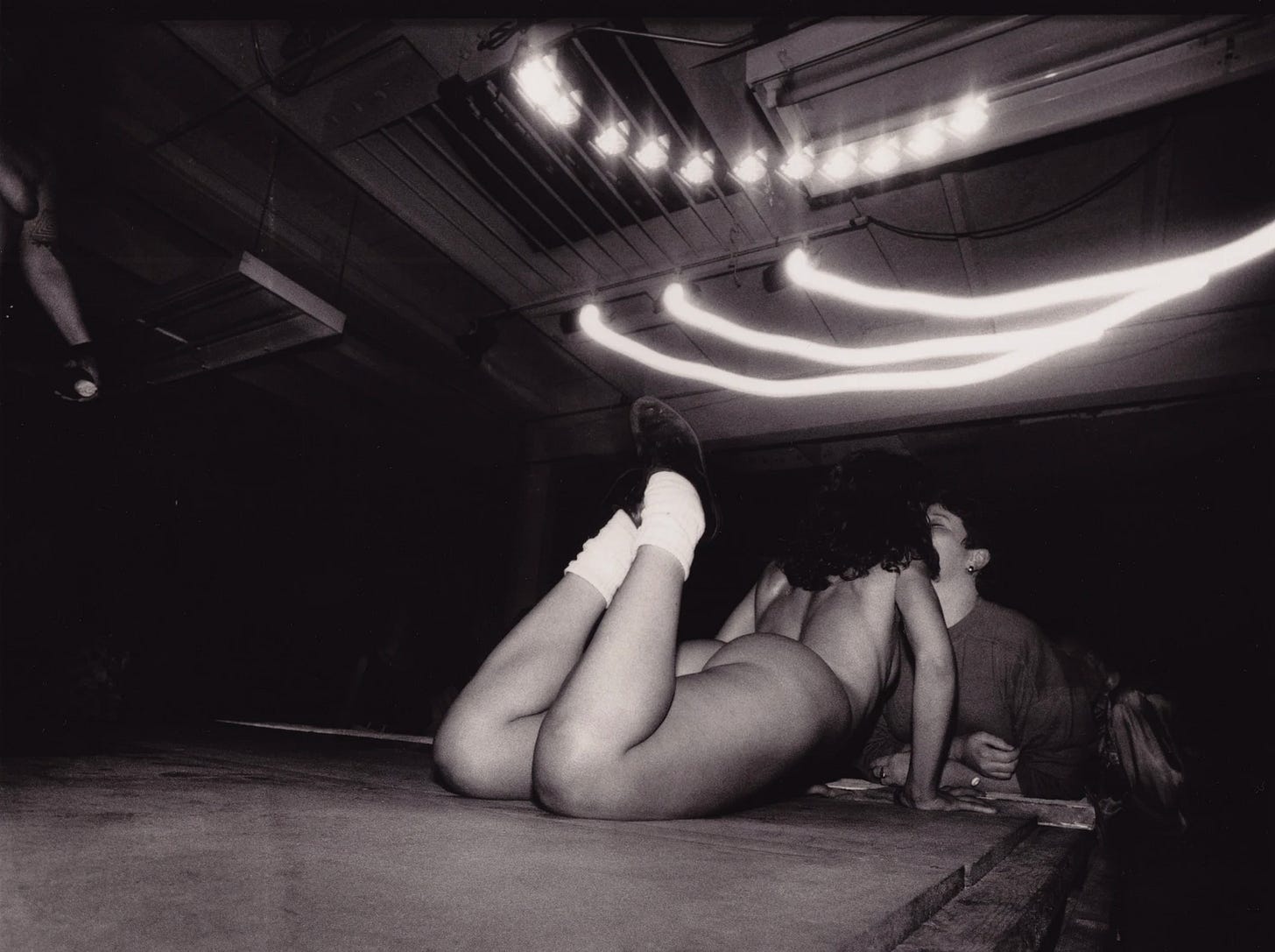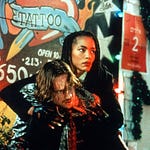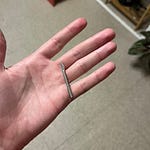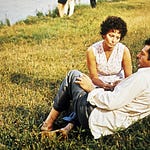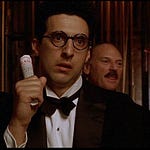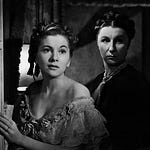If you watch porn, you may have encountered camerawork that’s almost surgical in its focus, trained on specific parts of performers’ genitals with a fixity that might make you feel like an OB/GYN (or urologist, or proctologist. Whatever). With this kind of closeup, you’re telescoped almost inside your subject, to the extent that someone glancing over your shoulder may not even recognize the mucus membrane that fills your screen.
Whether this perspective is the result of a creative decision or practical circumstance—like low production value, for example—there’s nothing wrong with getting up close and personal with pussy. Ethically and artistically speaking, it’s no more objectionable to me than fixating on a face or a foot, which is to say, not at all. But since I’m not a genital fetishist for whom hole successfully synecdochizes the whole, such a limited visual range just doesn’t do it for me. My loss, I suppose.
Unfortunately, we’re rarely in the habit of judging erotic art by whether we find it arousing, unless we’re looking at it critically as art, in which case its potential to arouse will probably be grounds for artistic dismissal. In art that is regarded as non-pornographic, zooming in on a single body part might read as familiar, lingering, or personal. For art that’s considered pornographic, however, such good faith is rarely extended. A certain kind of feminist might echo a certain kind of anti-feminist in arguing that, in a porno, this closeup is objectifying because it replaces a person with one of their components. (Have I reinforced this tendency by describing this kind of camerawork as surgical, thereby associating it with our meatiness under the doctor’s knife?)
We don’t make such mistakes here, of course. What am I but a sum of my parts?
The distinction between “good” and “bad” closeups came to mind while I paged through Phyllis Christopher’s Dark Room: San Francisco Sex and Protest, 1988-2003, a sumptuous and stunning archive of lesbian and queer life1. In “Tongues, San Francisco, 2000,” an open mouth engulfs another, the blunt smudge of tongues contrasted against the gleam of teeth, metal, and lip. Something, perhaps a human figure, is reflected in the ball of a piercing, bright against the black of the throat. Though we know what we’re looking at, this image is difficult enough to parse that all that we do know about it is that it’s (homo)sexual. Lascivious. Pornographic. Have the dykes who serve as our subjects here been dehumanized by this perspective?
Re-situated in a context where the pornographic is not a dead-end, the closeup takes on a new emotional valence. Very little in Dark Room would escape classification as dirty, seedy, blue, and yet these images from our gay past feel like home to a certain kind of homo, whether or not you’ve ever lived in the city by the Bay. From street brawls with pigs to spreads for On Our Backs, Dark Room zooms all the way in on taboo with butch on butch fucking, titty gloryholes, bloody live performances, go-go girls and boys, whips and chains, butch/femme “roleplay,” as it was once known, and strippers of all kinds, reveling in an intimacy that the straight lens would likely seek to flatten.
Though its subjects are often genital—pierced nipples, pissing pussies, winking vulvas—Dark Room’s closeups also feature genitalia that only dykes would recognize, our means and methods of fucking that hide in plain sight: hankies, mouths, fists (“Do Lesbians Cruise Hands?” asks a cartoon in “Cartoonist Kris Kovich, San Francisco, CA, 1992”).
That’s the other thing about the zoom: allowing for a level of anonymity, it becomes a queer tactic of safety. “I think we were developing a lesbian visual language,” says Christopher in an interview with Shar Rednour at the end of Dark Room. “Maybe it didn’t mean so much to other women, like they thought it was just fashion. But to me it was very important because it was the way we identified each other in crowds and in smaller cities.” Having found each other, of course, there is opportunity to zoom out again. The lens widens, restoring the whole from which the hole emerges.
Find me on Twitter. Get my second novel, X, right here.
Subscribe to support GOOD ADVICE/BAD GAY, DAVID’s advice series from an anonymous gay therapist who’s not afraid to hurt your feelings with the truth. (Sample an unlocked post for a taste of what you’re missing.) 100% of funds go to support a rotating selection of mutual aid and reparations projects.
Want advice? Email badgayadvice@gmail.com for a free 3-month subscription.

